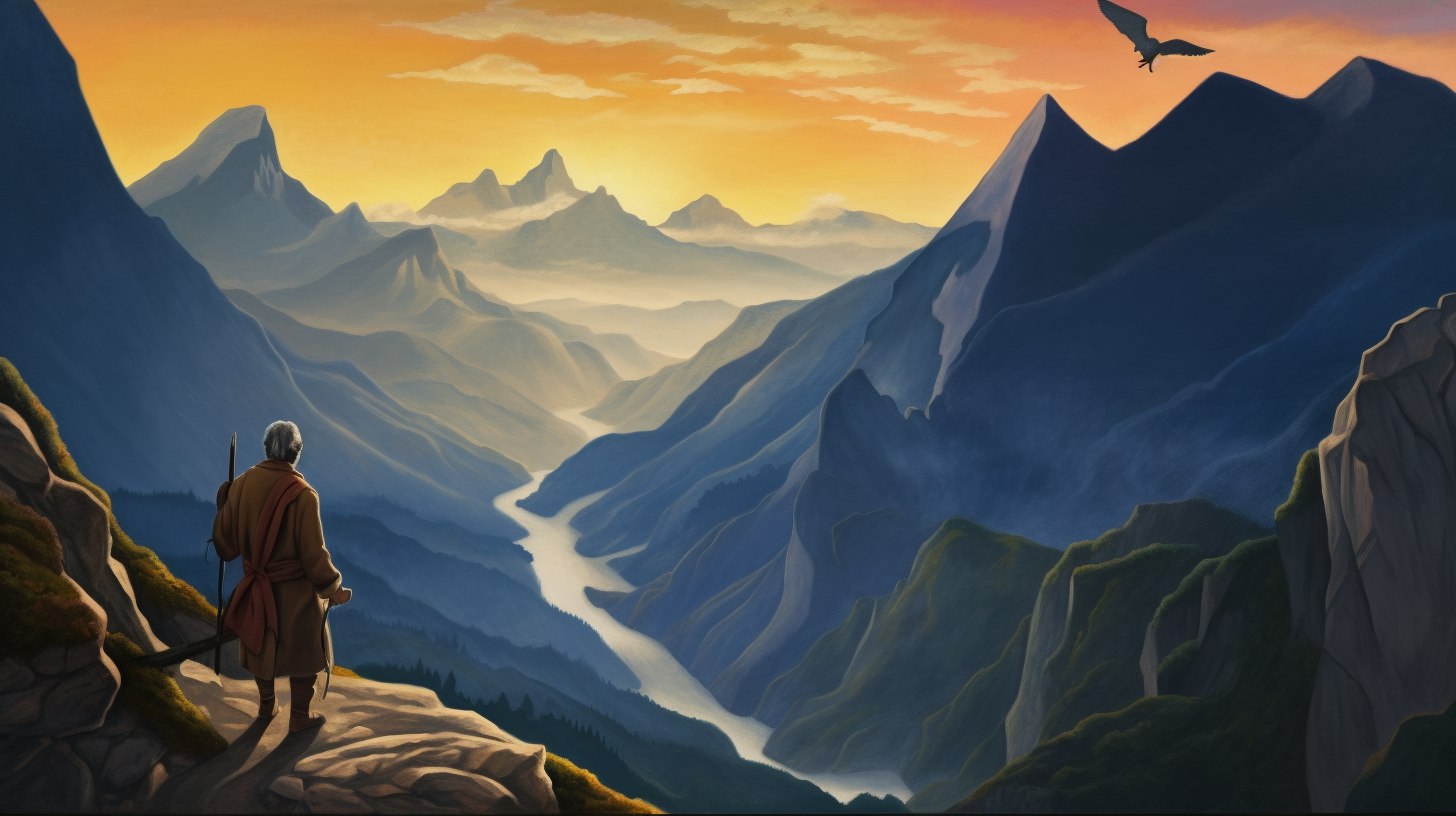
A Museum of fairytales, legends, bogeyman stories, and beliefs about animals, plants, waterways, rocks, weather phenomena, farming practices, scary places and experiences etc – that is, stories that for centuries have represented the cultural geography of these areas, as seen by the peoples who lived there. A repayment in appreciation, for those who have contributed, or who will contribute, their own testimony
Today many stories and beliefs have disappeared, because, in a sense, the countryside itself is disappearing, cemented over or abandoned. Nevertheless, the ability of humans to attribute feelings, imagery and stories to the things around us is still prolific.
With this museum we wish to accomplish several aims.
Firstly, to collect and preserve, as much as is still possible, descriptions of places and stories that our ancestors have constructed over the centuries as an integral and enriching part of our landscape: we recognise that what we discard could always contain something valuable that we don’t recognise at the time.
Then, we wish to make this precious material available to researchers to understand how these representations and their guiding principles came into being. Wood goblin stories seem now to be over, but the human imagination that produced them is still actively producing other goblins in other woods.
Architects and town planners, too—those planning an area’s future development—could benefit from these precise descriptions of the environment and make the most of their potential for adding value to the wellbeing of today’s inhabitants.
These brief stories link far-away places, creating interesting possibilities for exchange, and their deep time dimension harks back to ancient Indo-European myths. The stories are what is left to us today, and it is fascinating to reconstruct these myths through the collection of the variants of each story. Schools can benefit from our museum; there is much educational value in the research and documentation of the cultural heritage of each place.
Writers, musicians and artists will certainly find important inspiration for their works.
The core collection comes from Piazza al Serchio’s Centre for Documentation of Oral Tradition, which over the years has gathered stories, tales and beliefs from most of Italy’s regions, thanks in particular to the activities of its director, prof Alberto Borghini of the Turin Polytechnic, along with his students.
More than 700 student projects and more than 70 honours thesesmake the Centre the most significant national hub for the collection of such material. To these can be added more than 60 projects contributed by Italian schools that have joined the project “Let’s build a national archive of oral traditions”.
Finally, there are also projects undertaken on their own initiative by the La Giubba Cultural Association, not to mention the things that we plan to collect in future.
All this material will be assembled here (and added to progressively over time) organized according to places, characters and their features, and placed in the Centre for scholarly use. People who wish to visit the museum itself will be able to access this material via mobile devices, but more importantly will have the opportunity to hear live storytelling, and to contribute their own stories, placing themselves on the narrator’s screen and leaving their own testimony. Clearly, our research is still ongoing, with thanks to all those who wish to contribute into the future, especially the schools.
Umberto Bertolini
Translation by Linda Barwick, The University of Sydney, Australia
